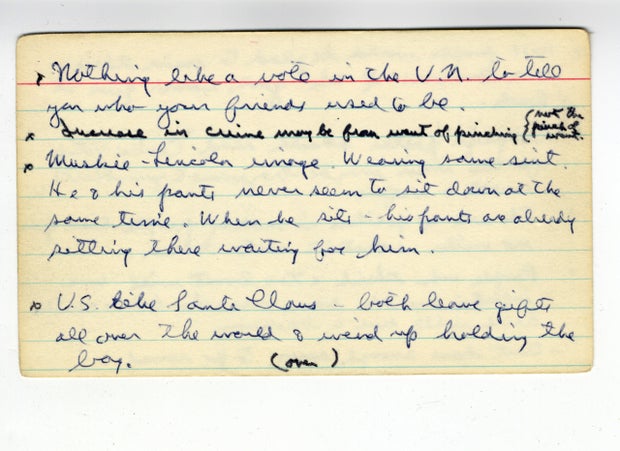“The Hare and Many Friends” is the final poem in John Gay’s collection of fables written in 1727 for Prince William, Duke of Cumberland. This collection is commonly known as Fables, but it is also known as Fifty-one Fables in Verse or Fables of John Gay. Gay’s poem opens with: “Friendship, like love, is but a name,/Unless to one you stint the flame.”
The poem concerns the inconstancy of friendship, as exemplified by a hare that lives on friendly terms with a group of farm animals. The hare is refused help by each of the animals as she begs them to help her escape an approaching hunter. Each of the animals gives her a different excuse of why they cannot help, eventually leaving the hare to her death at the hands of the hunter.
“A hare, who, in a civil way,
Complied with ev'ry thing, like Gay,
Was known by all the bestial train,
Who haunt the wood, or graze the plain:
Her care was, never to offend,<br>
And ev'ry creature was her friend.”
The poem is intended to teach readers that one with many friends has no true friends, so it is better to be close friends with a few than friends with many. However, beyond the lesson of friendship, there is a darker moral lesson in the poem intended specifically for the young women reciting it. Gay creates a connection between friendship and romantic love that sets up the poem as a description of the fatality that awaits women (symbolized by the hare) if they associate with the wrong people and lose their reputations. This foreshadows the risks that readers will witness Catherine experience in her new environment when she journeys to Bath.
Both at the time of publication and for some 150 years afterwards, the poem won widespread popularity. Despite this widespread popularity, Gay’s hopes of Court preferment were disappointed and the story was put about by his friends that the fable had a personal application. Jonathan Swift in particular wrote “Thus Gay, the Hare with many friends,/Twice seven long years at court attends;/Who, under tales conveying truth,/To virtue formed a princely youth;/Who paid his courtship with the crowd,/As far as modish pride allowed;/Rejects a servile usher’s place,/And leaves St. James’s in disgrace.” (Heneage Jesse 88). But after a prose version appeared in a collection of Aesop’s Fables, Gay’s original authorship gradually slipped from the public memory. Nevertheless, Gay’s Fables went through repeated editions, and “The Hare and Many Friends” stood out as a particular favorite. As Austen’s narrator notes, it was a common recitation piece for children and was frequently shown off as part of a young lady’s accomplishments.
See this illustration by John Wootton of "The Hare and Many Friends."
